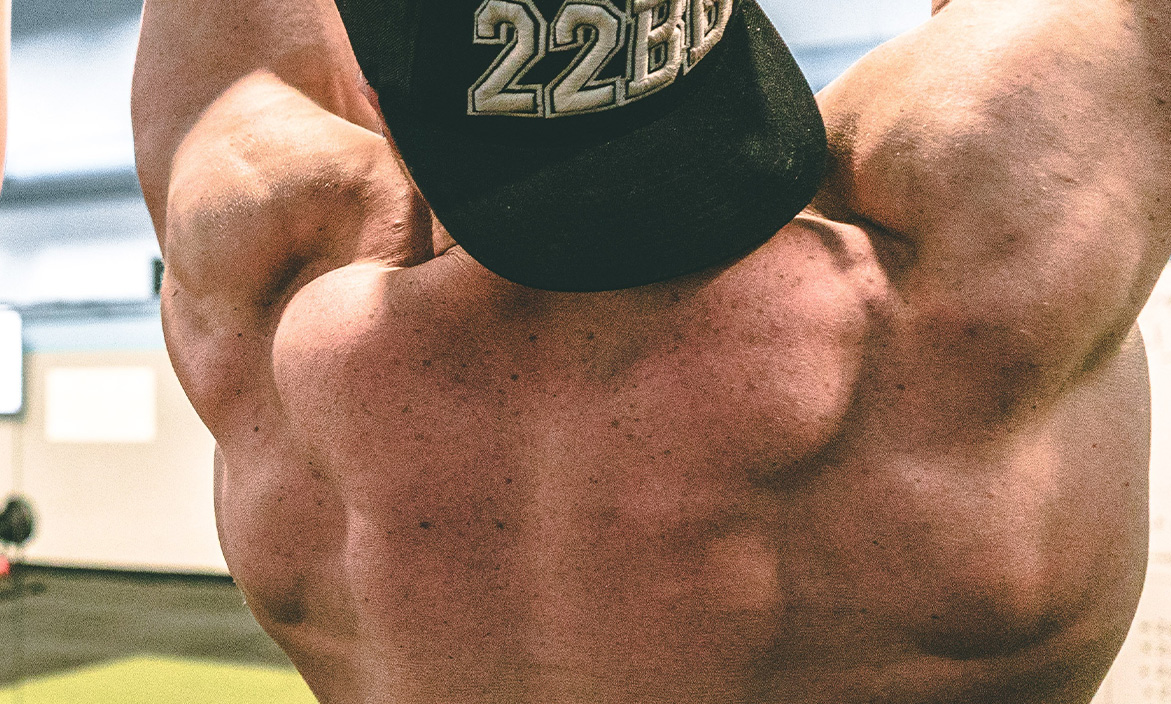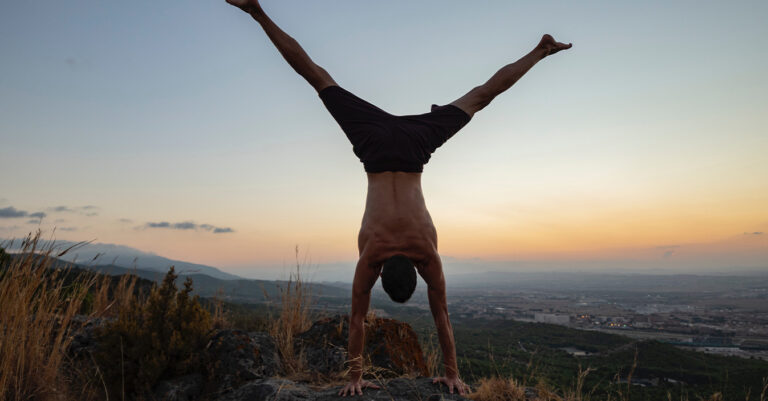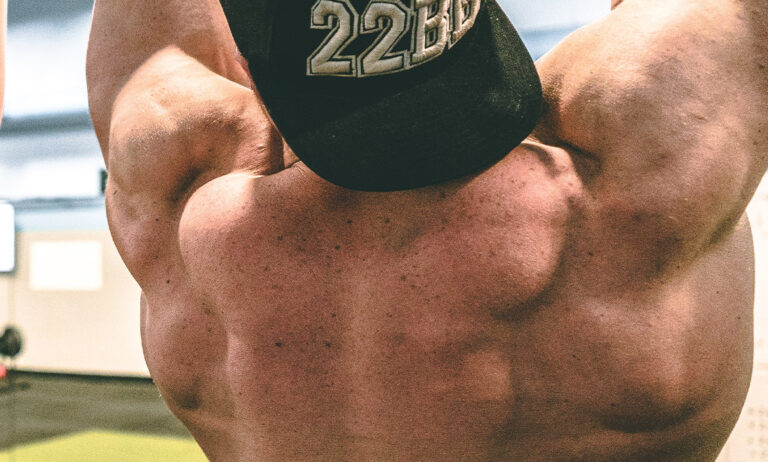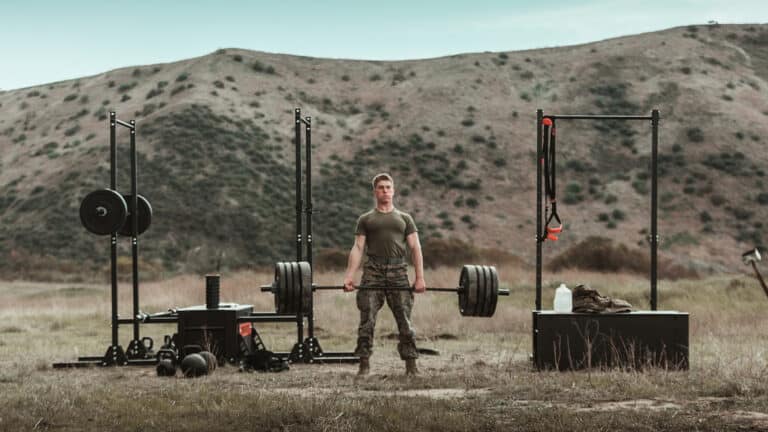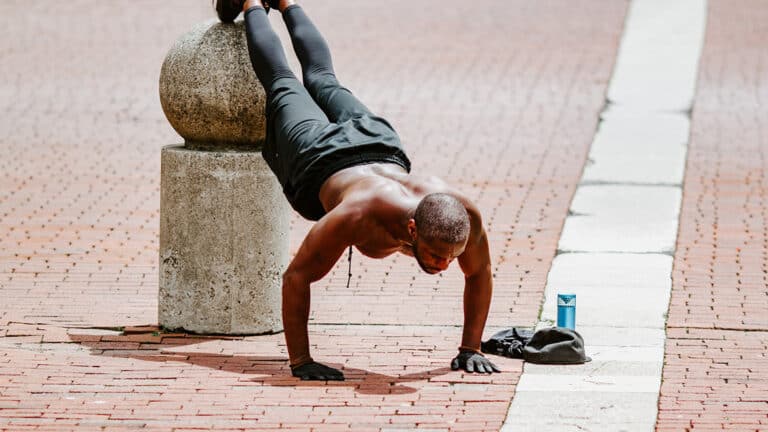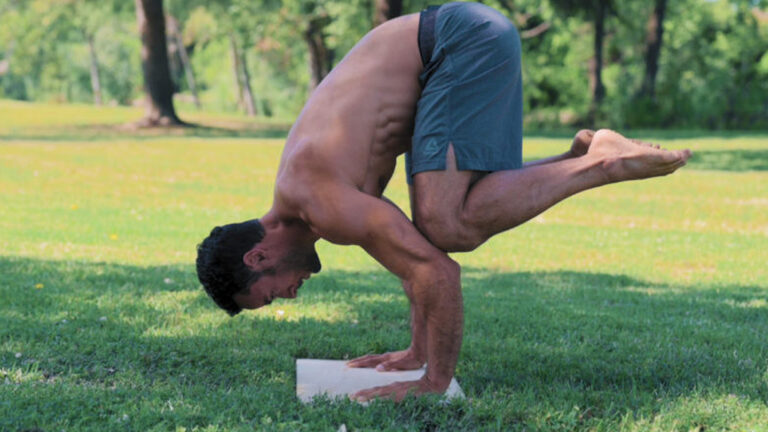Learn Front Lever: A Comprehensive Guide
Learning the Front Lever: An Overview
The Front Lever, a captivating skill that showcases the strength and control that every athlete wants to learn, involves holding yourself horizontally while suspended from a bar. It’s important to note that the distinction between the learning front lever and the back lever lies in your orientation—the front lever is face up, while the back lever is face down. Learn it the right way.
How Long Does It Take to Learn this skill?
The journey to learn the Front Lever is influenced by your current fitness level and mobility. Generally, it takes around 6 months to develop the necessary core and shoulder strength. Devoted training is essential for success. Those who are experienced with isometric exercises might progress more quickly, while beginners need more time, especially if foundational exercises like leg raises and German hangs still need work. Remember, patience and persistence yield remarkable rewards.
Front Lever Techniques: How to Achieve It
3 Different Mounts to Enter the Front Lever Position
Though seemingly straightforward, the Front Lever demands dedicated practice to execute. There are three primary methods to attain the lever position, all culminating in a flat, horizontal body alignment.
- Lever Up: Do you want to learn front lever fast? Begin by hanging with engaged shoulders and straight arms. Elevate your body, leveraging your shoulders and stabilizing with your core until reaching the horizontal stance.
- Lever Down: Start in an inverted hang, positioning your hips in front of the bar. Gradually lower your body while maintaining alignment and tension, preventing abrupt descent.
- Pull & Press: Hang from the bar, then pull up, engage your entire body, and push back with your shoulders while lifting your feet. Think of your hips as the pivot point, and lower yourself into position with controlled arm extension.
Front Lever Progression Exercises
4 Exercises to Develop Strength and Technique
To progress from novice to Front Lever maestro, embark on a gradual journey involving incremental variations of the Front Lever with a shorter lever. This progression timeline serves as a foundation, complemented by supplementary exercises to bolster strength and isometric tension.
- Progression 1 – Tuck Lever: Begin with a tucked position, training your body’s alignment and core engagement.
- Progression 2 – Advanced Tuck Lever: Gradually extend your legs, aiming for a 90-degree hip angle while maintaining the tucked posture.
- Progression 3 – Single Leg Front Lever: Pull up and push back with your shoulders and feet, lowering your body into position by straightening your arms.
- Progression 4 – Straddle: Initiate with a wider leg spread, gradually narrowing the stance over time.
Front Lever Variations
Exploring 5 Variations to Test Your Prowess
While Front Lever variations are limited due to its specific positioning demands, there are tweaks that enhance its intensity, converting it into both an isometric and rep-based exercise.
- Bicycle Kicks: Once you master the single-leg front lever, integrate dynamic bicycle kicks by alternating leg extensions, replicating a pedaling motion.
- Flutter Kicks: Maintain straight legs and execute up-and-down kicks, akin to swimming, for an alternative dynamic variation.
- Position Changes: Transition between lever variations to challenge yourself and improve hold time.
- Front Lever Pull Ups: Perform pull-ups while maintaining the Front Lever position, a challenging feat that requires significant strength.
- Parallel Grip: Execute the Front Lever with a parallel grip, altering the exercise’s dynamics by modifying the grip position.
Tips & Techniques for Front Lever Mastery
4 Insights to Enhance Your Progress
Effectively mastering the Front Lever involves several key pointers to optimize your training journey.
- Grip: Use a false grip or overhand grip for better wrist and forearm engagement.
- Shoulders: Prioritize shoulder warm-up and mobility exercises to minimize stress and reduce injury risk.
- Straighten Arms: Gradually work toward fully extended arms, distributing load onto your shoulders.
- Hollow Body Position: Maintain a hollow body alignment with shoulders slightly ahead of your torso.

Taking Your Skill Further: Transition Exercises
3 Transition Exercises to Elevate Your Skills
Once you’ve accomplished the Front Lever, expanding your repertoire with transitions elevates your prowess.
- Transition 1 – Lever Muscle Up: Transition from Front Lever to a muscle-up transitional point by pulling your shoulders to the bar.
- Transition 2 – Front to Back (Rings): On rings, perform a Front to Back transition by rotating through inverted hang positions.
- Transition 3 – Lever Raises: Elevate from the Front Lever into an inverted hang and return through the Front Lever, working both concentric and eccentric movements.
Unlock Your Potential: front lever Skill Training Workout
A Ready-to-Use Workout Plan to Begin Your Front Lever Journey
Summary
Mastering the Front Lever necessitates dedication, patience, and consistent training. With gradual progressions, variations, and expert tips, you can transform this captivating skill into a cornerstone of your fitness journey. Begin your path to Front Lever mastery today with focused training and persistence. Your journey to unlocking this impressive feat starts now!
FAQ
Remember, your journey to Front Lever mastery is unique, so be patient, embrace the challenges, and celebrate your progress along the way.
